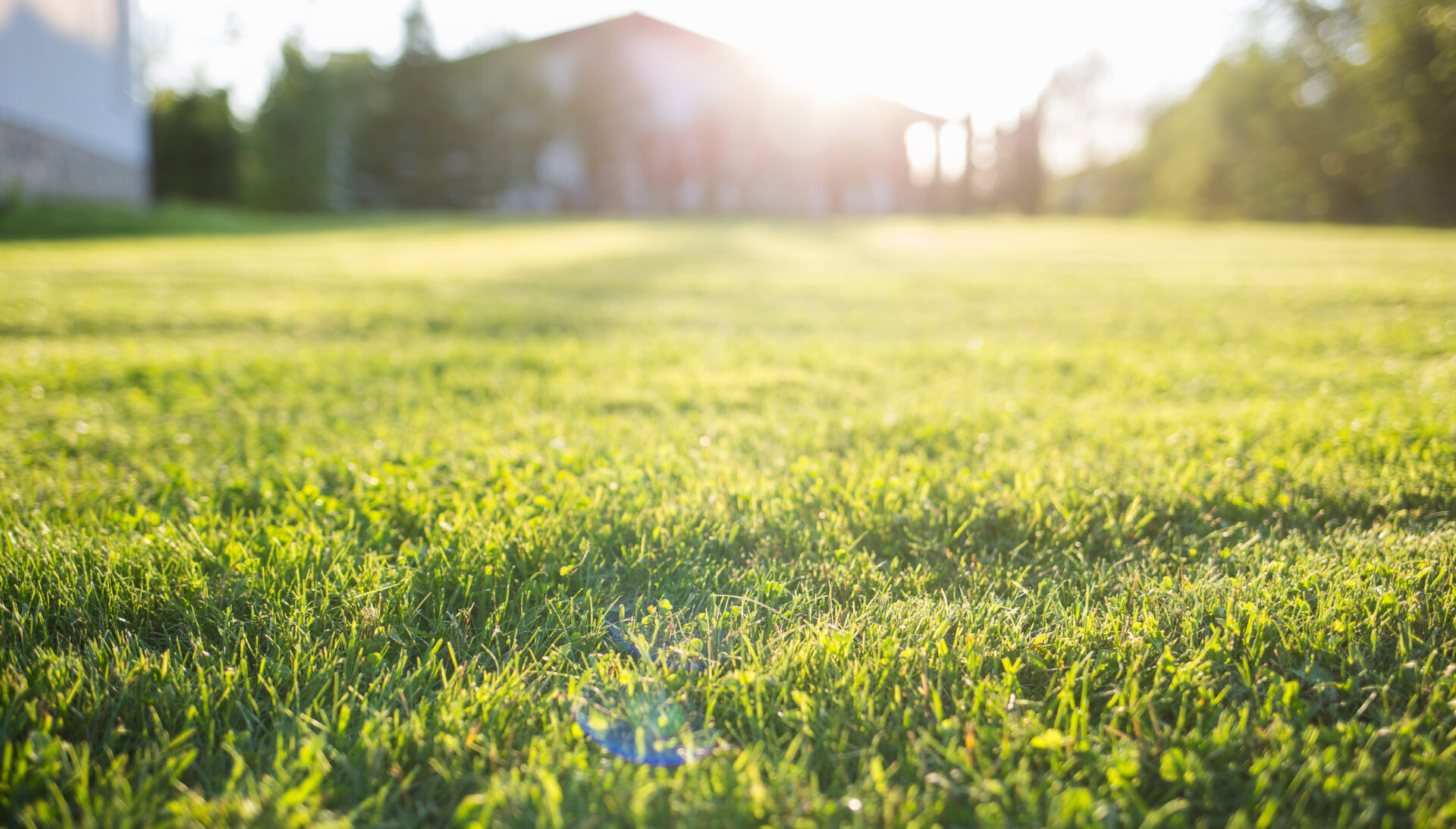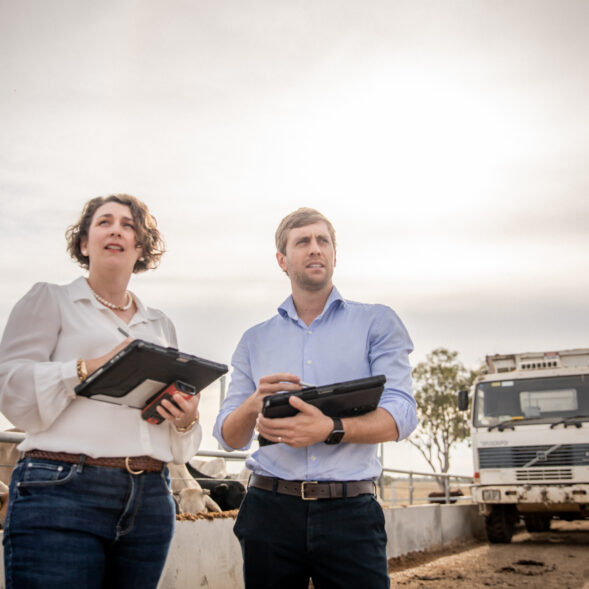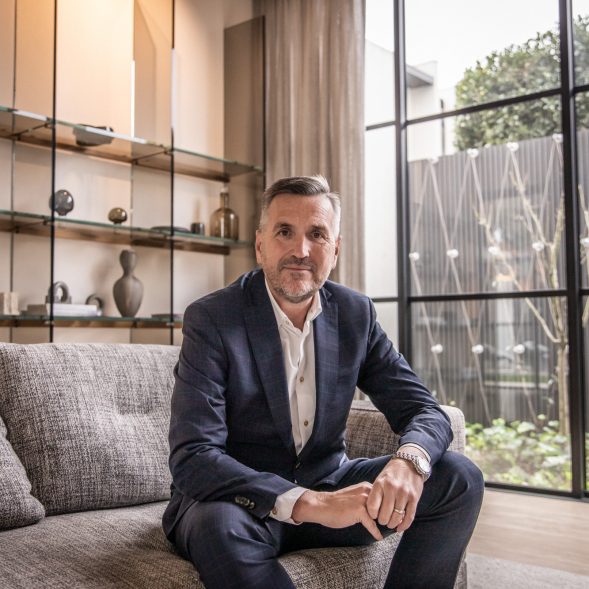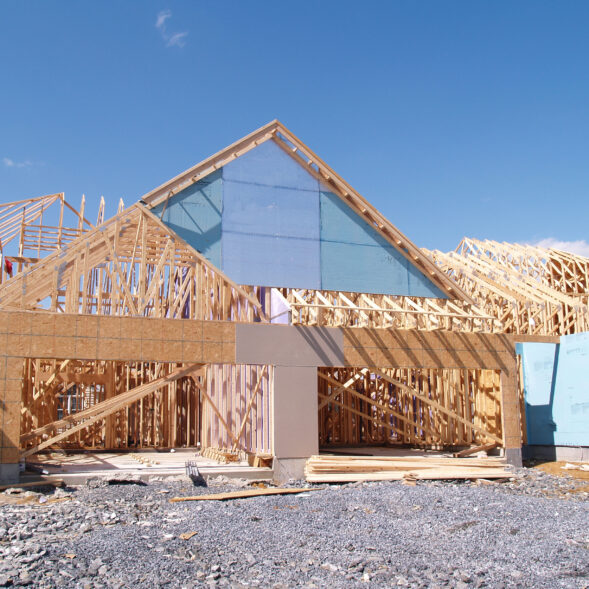Whether you’re someone who’s fascinated by economics and how fluctuations in one market setting can ripple to another, or you have no more than a fleeting interest, most of us will be familiar with those fundamental drivers of supply and demand.
Of late, the balance between these two has been out of kilter. Demand for housing is extremely strong, fuelled in large part by population growth. This is coming up against limited supply caused by a lag in building approvals, a shortage of materials, scarcity of labour and even builders being impacted by torrid financial conditions.
The forces of strong demand and insufficient supply have so far seen property markets withstand the huge cost-of-living pressures being encountered by many Australians as a consequence of higher interest rates. So far, most housing markets have remained extremely resilient across the country.
When looking for opportunities, I think it’s often helpful to look at the cost to replace a home.
Often the detached housing market moves first when capital gains flow through, with the attached housing market lagging behind. As the value gap widens between houses and units, then buyers reach a point where they identify good value in attached housing prices. This has been happening of late across most major population centres.
While this transition to the unit market is quite mature in most capital cities, we do note that in several cases the established unit market (as opposed to that for new units) is still trading at levels well below replacement cost.
In recent months I have sighted evidence for certain projects suggesting that construction costs have more than doubled since 2020. Given the cost to produce city fringe units in medium rise towers can be well above the cost of buying an established apartment, many developers are questioning whether it’s viable to proceed with new projects. There is still a shortage of tier one and two builders and there is every likelihood supply will be constrained for a while yet.
I see opportunities in unique, well-located units, whether CBD, city fringe or even a little further out, which offer an attractive space to live. It might be views, it might be access to the trendy café and restaurant precincts or just access to some great walking tracks for the dog.
Don’t forget some of the basics: make sure the design works – it must be comfortable. Also, make sure the body corporate fees aren’t too high and don’t be afraid of doing some cosmetic touch ups such as repainting and recarpeting – it can make a huge difference. I would still be cautious about a major makeover however as they can be too expensive.
I am convinced that opportunities to buy below replacement cost still exist.
Whilst the value of apartments has lifted substantially, so too have costs. It is worth doing your homework, but it certainly helps your investment if the cost of producing a new unit next door is 30 per cent more than what you are paying for the one that’s already built.
Gavin Hulcombe








